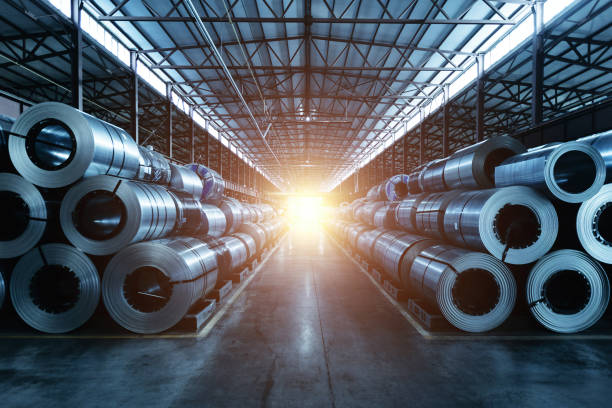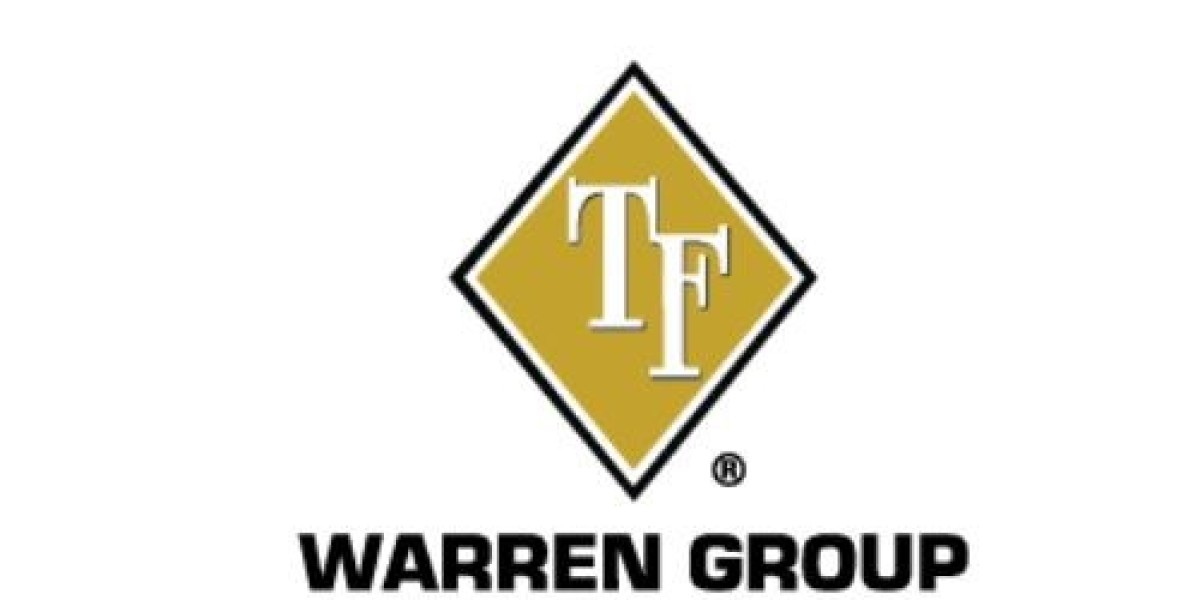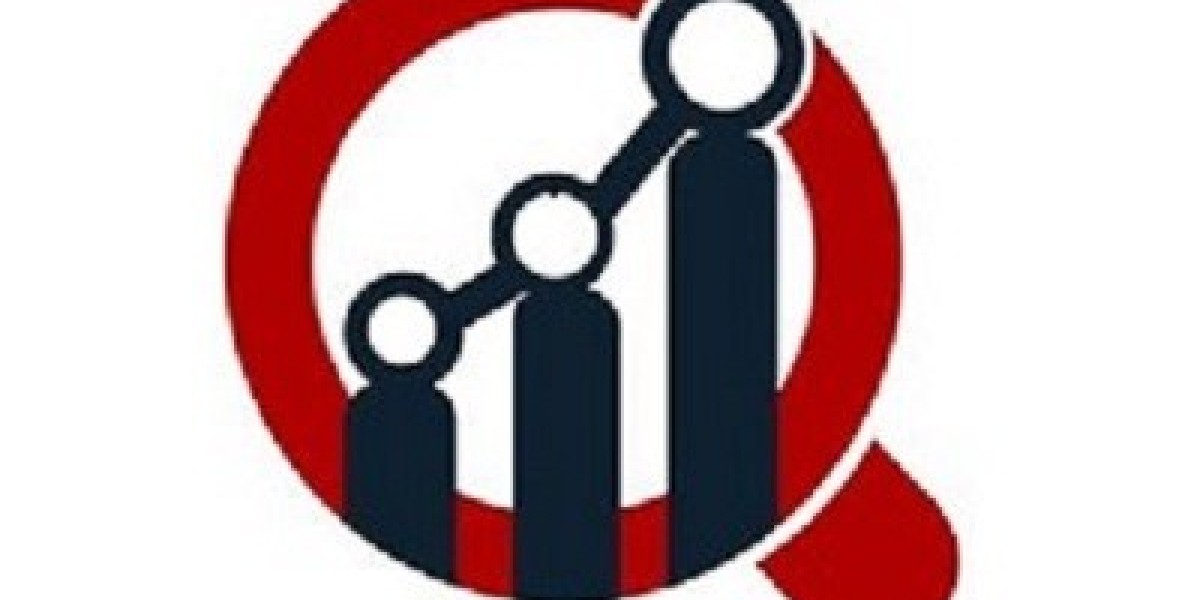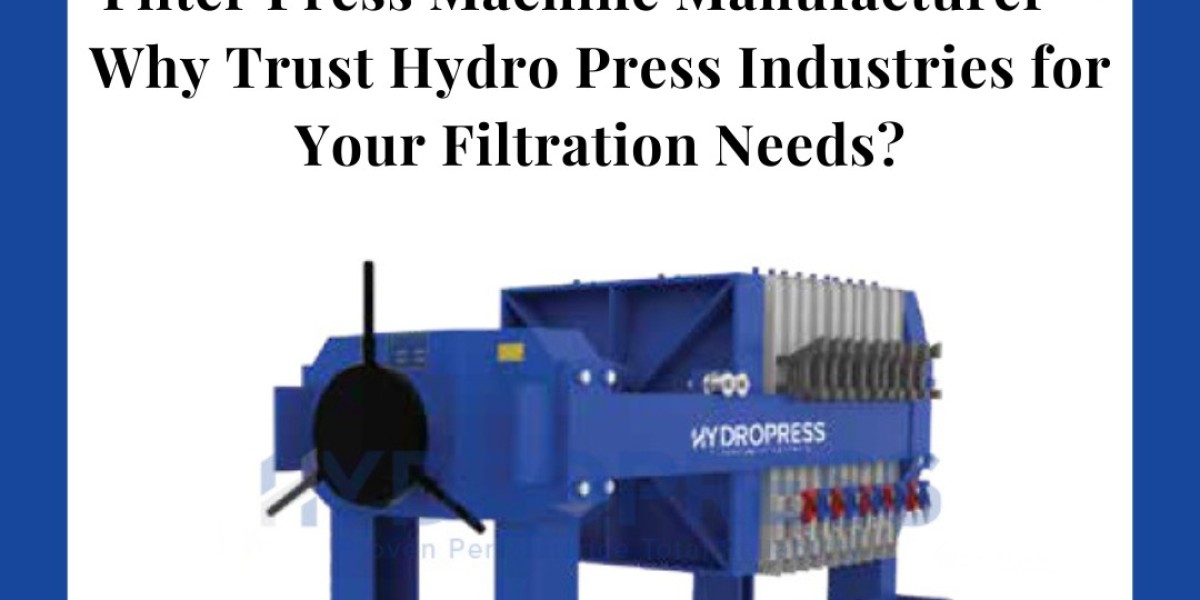
Steel plate rolling is an essential process in metal fabrication, used to shape and form steel into curved or cylindrical shapes for various applications. This process involves passing a flat sheet or plate of steel through a rolling machine to transform it into a specific curvature or shape, often used for pipes, tanks, pressure vessels, and structural components. In this article, we will delve into the process of steel plate rolling, its benefits, types of machines used, and common applications.
What is Steel Plate Rolling?
Steel plate rolling, also known as plate rolling or metal rolling, is a process where flat steel plates are passed through a set of rollers to bend them into a desired curve or cylindrical shape. The process uses mechanical force to gradually shape the metal, usually at room temperature, although some advanced techniques may involve heating the steel to facilitate the process.
The goal of steel plate rolling is to create metal components with curved geometries, often to be used in constructing storage tanks, pipes, cylindrical structures, and other components that require specific geometric forms.
The Steel Plate Rolling Process
The process of steel plate rolling involves a series of steps that allow a flat metal plate to be transformed into a curved shape. Here is an overview of the general procedure:
1. Preparation of the Steel Plate
Before rolling, the steel plate is carefully inspected and prepared. This includes ensuring the plate has the correct thickness, quality, and dimensions required for the desired end product. If needed, the plate is cut to size and pre-heated to improve its malleability, especially when working with thick or high-strength steel.
2. Passing Through Rollers
The steel plate is fed into the rolling machine, which consists of a set of rollers. The rollers are adjusted based on the desired curvature of the plate. The steel plate is passed between the rollers multiple times, with each pass gradually changing the shape of the plate.
- Initial Bending: During the first pass, the plate is bent slightly to create an initial curve.
- Gradual Curving: The plate is passed through the rollers repeatedly, with each pass refining the curvature and bringing the plate closer to the final desired shape.
3. Pre-Bending of Plate Edges
In some cases, especially when rolling thick plates, the edges of the steel plate need to be pre-bent before the entire plate is rolled into the desired shape. This is done to ensure that the edges meet properly when the plate is fully curved.
4. Final Shaping
Once the plate has undergone several passes through the rollers, it reaches the final shape. Depending on the desired curvature (such as a cylinder or cone), the plate may be rolled into a full circle, a partial curve, or other specific shapes.
5. Post-Rolling Treatment
After rolling, the steel plate may undergo additional treatments such as welding, seam joining, or heat treatment to ensure it meets the required specifications. In many cases, the rolled steel is then used in manufacturing tanks, pipes, or other structures where the curvature is essential for the application.
Types of Steel Plate Rolling Machines
Steel plate rolling requires specialized equipment, and the type of machine used can significantly affect the final product. There are several types of plate rolling machines, each suited for different purposes:
1. Three-Roll Plate Rollers
Three-roll plate rolling machines are the most commonly used equipment for rolling steel plates. These machines use three rolls: one top roll and two bottom rolls. The steel plate is passed between these rolls, and as the plate is fed through, it is gradually bent into the desired shape.
Advantages of Three-Roll Plate Rollers:
- Simple and versatile: These machines can roll a wide range of plate thicknesses and materials.
- Cost-effective: They are commonly used in smaller to medium-scale operations.
- Efficient: The three-roll system allows for faster processing compared to other machines.
2. Four-Roll Plate Rollers
Four-roll plate rolling machines are more advanced and provide higher precision. These machines consist of four rolls—two upper rolls and two lower rolls. The added set of rolls gives the machine more control over the material as it’s rolled, allowing for better accuracy and smoother curves. The four-roll system is ideal for rolling thicker plates and achieving more complex geometries.
Advantages of Four-Roll Plate Rollers:
- Higher precision: Offers more control over the curvature and thickness of the rolled plate.
- Better for thick plates: Ideal for rolling heavier plates, providing smoother results.
- Less material waste: The four-roll system helps minimize errors and material loss during the rolling process.
3. Universal Plate Rollers
Universal plate rolling machines are used for rolling both flat plates and more complex shapes. These machines can bend the steel plate in multiple directions, making them ideal for applications where the plate needs to take on unique or intricate forms, such as conical or elliptical shapes.
Advantages of Universal Plate Rollers:
- Versatility: Can roll a variety of shapes and sizes with high flexibility.
- Precise shaping: Offers the ability to create complex geometries that are difficult to achieve with other machines.
4. Pinch Rollers
Pinch rollers are typically used for lighter plate rolling operations. These machines use two rolls to pinch the material and create a curve. While they are often used for smaller plates and less heavy-duty tasks, pinch rollers can be valuable in situations where precise, light bending is required.
Advantages of Pinch Rollers:
- Lightweight: Suitable for small-scale operations or thin plates.
- Simple design: Easier to operate and maintain.
Benefits of Steel Plate Rolling
Steel plate rolling offers several advantages for industries that require strong, durable, and precisely shaped steel components. These benefits include:
1. Customizable Shapes
Steel plate rolling allows for highly customizable shapes, from simple cylinders to more complex geometries such as cones and elliptical structures. This flexibility makes it ideal for a variety of applications.
2. Strength and Durability
The resulting rolled steel components are incredibly strong and durable, which is essential in industries such as construction, energy, and manufacturing. The ability to use thick steel plates ensures that the end products can withstand high pressure and extreme conditions.
3. Efficient Manufacturing
The plate rolling process is efficient and can produce large quantities of curved steel components quickly. The automation of the rolling process in modern machines has significantly improved the speed and consistency of steel forming, reducing time and labor costs.
4. Wide Range of Applications
Steel plate rolling is used in a wide range of industries, from manufacturing and construction to the oil and gas sector. It’s commonly applied in the production of cylindrical tanks, pressure vessels, pipes, and structural components, which are integral to various types of infrastructure projects.
Applications of Steel Plate Rolling
Steel plate rolling is widely used in various industries for producing components that require specific curvatures. Some of the most common applications include:
1. Storage Tanks and Silos
Steel plate rolling is commonly used to produce storage tanks and silos. These cylindrical structures are used to store liquids, gases, or bulk materials in industries like chemical processing, water treatment, and agriculture.
2. Pipes and Tubes
Steel plate rolling is essential in the production of pipes and tubes, particularly for large-diameter pipes used in infrastructure projects, such as oil pipelines, water supply systems, and gas distribution networks.
3. Pressure Vessels
In industries like oil and gas, steel plate rolling is used to form pressure vessels, which need to withstand high pressure from gases and liquids. These vessels are critical for storing or processing fluids in various industrial processes.
4. Structural Components
Steel plate rolling is also used to produce curved or bent steel beams, arches, and other structural components that are used in bridges, buildings, and other infrastructure projects.
Conclusion
Steel plate rolling is a crucial process in metal fabrication, offering a reliable and efficient way to create curved steel components for a wide variety of applications. From three-roll machines to more advanced four-roll systems, steel plate rolling machines offer versatility and precision, ensuring that industries can produce strong, durable, and customized components. Whether you are manufacturing storage tanks, pipes, or structural elements, the steel plate rolling process is a key step in achieving high-quality, high-performance products that meet the demands of modern construction and manufacturing.









